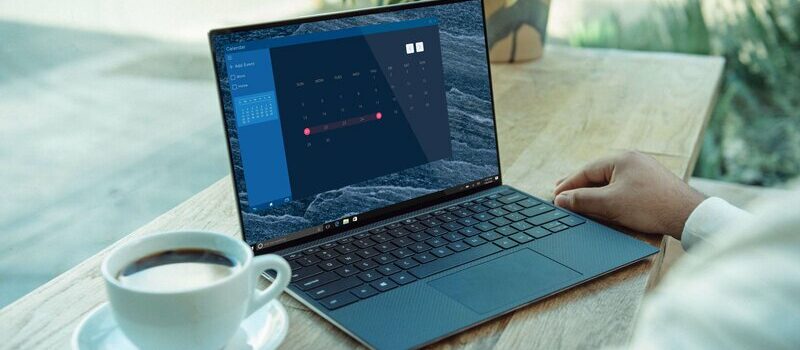Every laptop heats up to a particular extent during working. Before taking your device apart to figure out the problem, try 12 simple ways to cool down laptop covered in this post.
LaptopBatteryOne‘s experts have tested how these methods work on business and gaming laptops. Join us to get the best idea for you!
Contents
- 12 Simple Ways To Cool Down Laptop: Detailed Instructions
- #1. Using Your Laptop In The Right Way
- #2. Switching Off The Appliance
- #3. Use Cooling Programs To Make The Laptop Cool Down
- #4. Taking Advantage Of Laptop Stands
- #5. Cleaning Internal Components By Using Compressed Air
- #6. Reduce Graphics Quality
- #7. Cleaning Off And Applying The New Thermal Paste
- #8. Power Management Settings
- #9. Increase The Fan Speed
- #10. Repairing And Replacing The Cooling Fan
- #11. Using A New Cooling Pad For Laptops
- #12. Remove All Unnecessary Installed Applications
- What Is The Danger Of The Laptop Overheating?
- Why Does My Laptop Have Hot Air?
- Conclusion
12 Simple Ways To Cool Down Laptop: Detailed Instructions
Overheating often occurs when the external temperature rises. You may also observe such overheating when running high-demand games.
First, there are temperature sensors installed in the device to protect it from too much heat. When the central or graphic processor heats up to a limited value, the device automatically turns off.
But this way sometimes is inconvenient, especially if you were processing something important on your laptop at the time of shutdown. So, let’s get started with the simplest ways from the first position!
#1. Using Your Laptop In The Right Way

Place The Device On A Flat Surface
When you place the device on a sofa, blanket, or bed, those things will block the laptop’s vents and prevent removing natural heat generated.
So, while working, place the device on a solid and flat surface. There is enough room for warm airflow to blow out when it stands on a solid and flat surface, such as a table or a special stand.
In addition, it is best to place the device body on specialized tables. Those equipment feature additional holes on the surface for hot air to go through.
A cool, well-ventilated room provides an ideal space for the laptop’s operation. So, stay away from hot and stuffy rooms.
#2. Switching Off The Appliance
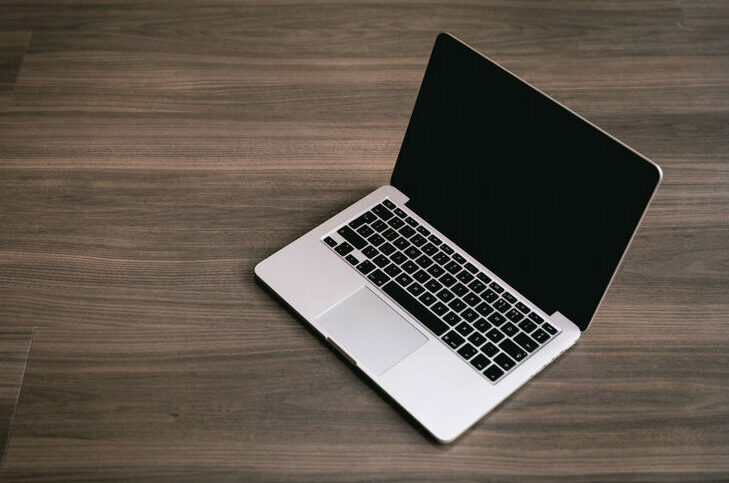
Turning Off Your Laptop And Leave It For A While
Sometimes, you can turn off your device, and leaving it for a few hours allows you to keep your laptop cooled down. This temporary solution reduces CPU fan noise and cools down the underside of the case.
#3. Use Cooling Programs To Make The Laptop Cool Down
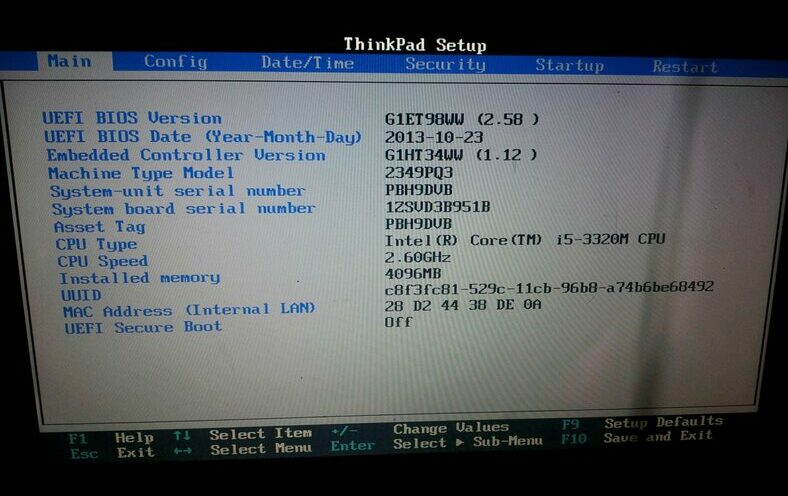
Bios Software
You can change the rotation modes of the fans by using some items in the BIOS. This method allows you to cool down the central processor and the motherboard. On the other hand, the noise of the fans will be significantly louder, even when the laptop does not process any basic tasks.
#4. Taking Advantage Of Laptop Stands
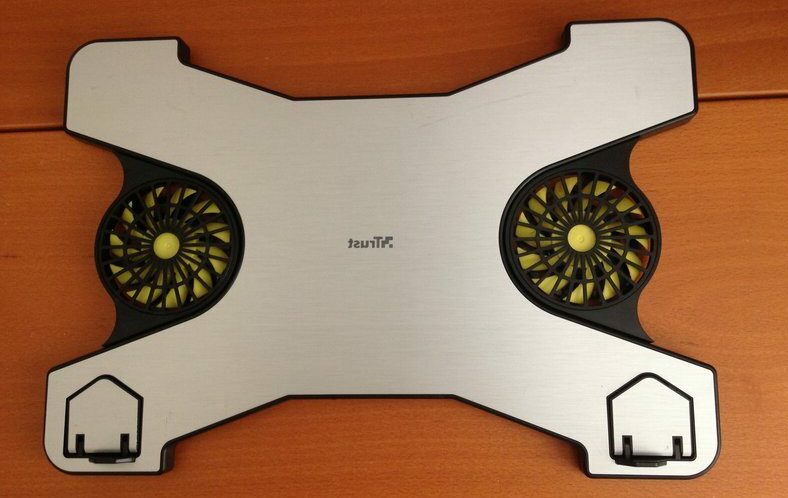
Use Stands To Make The Laptop Cooler
It is advisable to raise the back part using the built-in legs or a stand. You can find various inexpensive stands available on the market.
They are distinguished from each other by the absence and presence of an added laptop cooler. Both types of stands help you decrease the heat of the CPU partly.
#5. Cleaning Internal Components By Using Compressed Air
Even a small amount of dust can cause clogged vents and sharply deteriorate the temperature inside the case. If you haven’t cleaned your laptop for a long time, now is the time to do it. You need to disassemble the device.
Check and clean the cooling system by using compressed air. You must spray the compressed air in short bursts and from an appropriate distance.
The distance between the cylinder and the device should be 6-8 inches. It would help if you cleaned the fans first because most of the dust collects there.
If you are not confident in your abilities, contact the service center or try our following tips. It will help to clean your device from dust at least once every few months.
Related:
#6. Reduce Graphics Quality
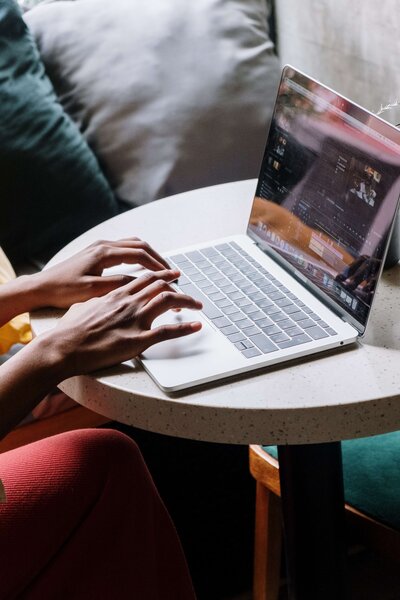
Lower The Graphics Quality Settings
You can consider lowering the graphics quality settings in your games by less than 70-80%. This way will greatly keep your laptop cool, albeit at the cost of a slight decrease in the picture quality.
It’s also possible to reduce the CPU clock speed to improve performance while preventing excessive heat generation. This method is especially useful for laptops that already operate at the temperature limit.
#7. Cleaning Off And Applying The New Thermal Paste
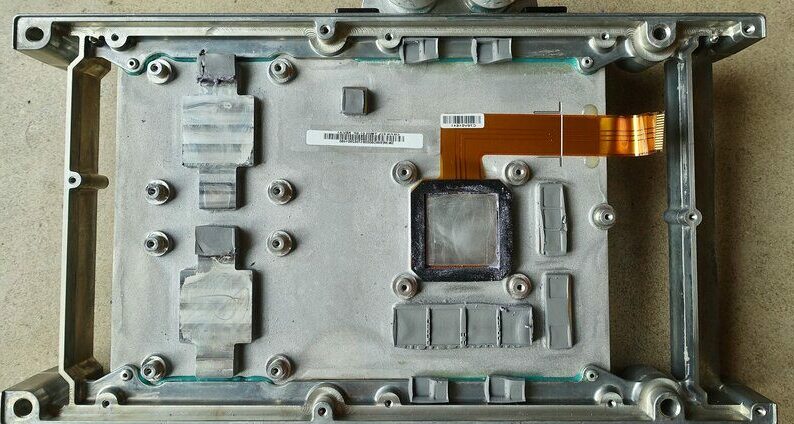
Cleaning Off And Applying The New Thermal Paste
It is recommended to remove the former thermal paste every six months. This method will transfer more heat from the main processor to the heat sink.
How to do it?
- Take the heat sink out of the processor surface
- Clean off the former thermal paste by using a cotton swab with alcohol
- Apply the new layer of thermal paste to the same position
Applying a thin coat of thermal paste will provide a minimal space between the contact area and the radiator. If you overuse too much thermal paste, the CPU may heat up and even break.
The thermal grease between the heat sinks and the chips tends to dry out and lose its heat-conducting characteristics. It will help if you invest in a good thermal paste like Arctic Cooling MX-4 or Thermal Grizzly Kryonaut.
#8. Power Management Settings
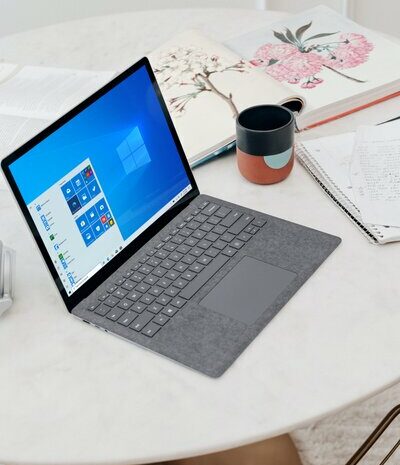
Power Management Settings In Windows 10
If you’ve tried everything and don’t know how to cool down your laptop, this method can help. Lowering the operating voltage helps keep your laptop cool and power consumption without losing the speed of its operation.
Both processors and video cards have a supply voltage margin. This method is quite laborious and is similar to overclocking. You need to reduce the operating voltage of the chip and thoroughly test it for stability.
If the tests pass, then continue to decrease the voltage. The lower performance will reduce the CPU temperatures by 5-10 degrees without sacrificing performance.
But not all processors can work correctly at reduced voltage. For example, the Zen 2 family processors slow down when the voltage is too low.
The algorithm of actions for different processors and laptop models will be different. You will have to study this issue yourself thoroughly.
There is an easier way for the uninitiated. You can follow the below steps:
- Go to “Change the power plan”
- Select the “Change advanced power settings” item
- Find the “Processor power management” tab and lower the maximum processor speed, for example, from 100% to 80%.
#9. Increase The Fan Speed
The case fans and the processor fan may also have a speed margin. It is worth looking at in the BIOS, in the Hardware monitoring, and Fan settings.
At a minimum, a video card almost always has a margin to increase the fan speed. And at the cost of increasing revs and noise, we can lower its temperature.
MSI Afterburner works well for this. Put on your headphones and feel free to add Fan speed, and the temperature will drop.
#10. Repairing And Replacing The Cooling Fan
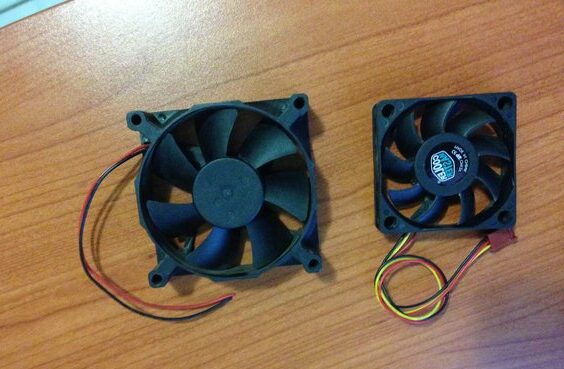
Replace The Cooling Laptop Fan
If you are used to replacing a laptop, you can independently repair the fan at home. You just do this when you know for sure that these internal components cause excessive laptop heat.
Suppose your case has additional mounting holes for fans. The fans with speeds of 900-1000 rpm will not add much noise.
But, they will give a lot of benefits. Even if there are no seats for them, you can experiment.
For example, we have a file server with six hard drives on an old laptop. There are not many places for fans in it.
But we solved the problem with the HDD overheating by installing a slow-speed fan across the drives. Then, even in the heat, their internal temperature does not exceed 38-39 degrees.
#11. Using A New Cooling Pad For Laptops
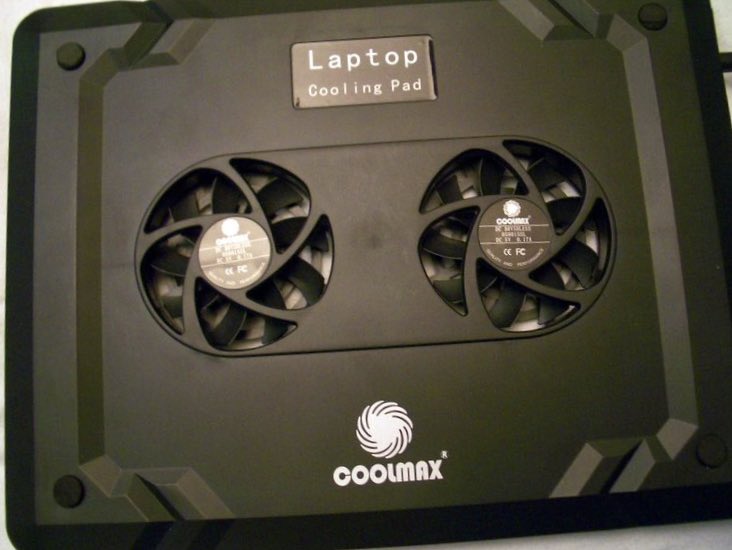
Replace A New Cooling Pad
There is still another way to solve the problem of overheating effectively. You can buy a new cooling pad to help the standard cooling system cope with removing excess heat.
The new laptop cooling pads are a permanent solution for high-performance gaming laptops and professional workstations.
These devices run for hours under maximum load. So, there are also full-fledged tables with an active or passive laptop cooler.
#12. Remove All Unnecessary Installed Applications
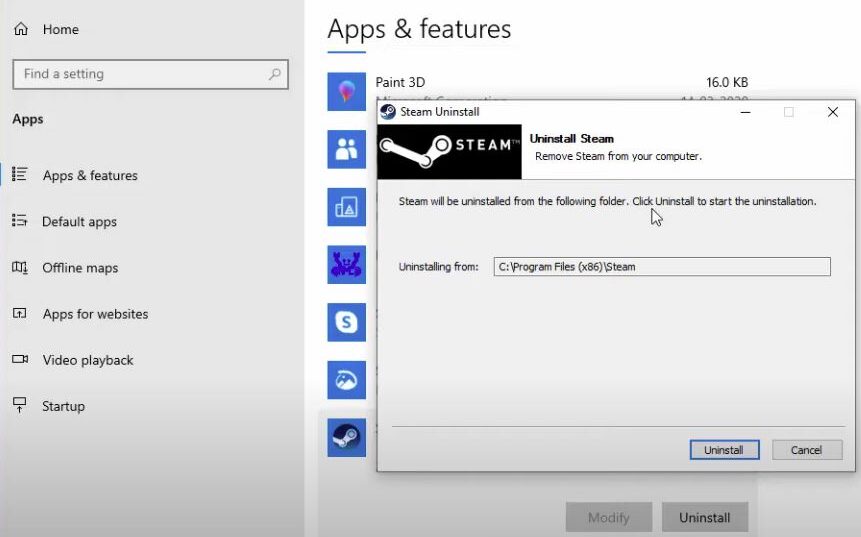
uninstall unused apps
You can keep your laptop cool by reducing the list of unnecessary software. It is also recommended to close unused applications by using the Task Manager.
Feel free to turn off all unnecessary things here. Many people, when installing certain programs, give them permission to autorun.
The frequently running programs can keep your laptop running at a much higher temperature. The unnecessary software all works in the background and constantly loads the hardware to one degree or another.
Don’t overload it with too many programs. It’s time to clean the system from viruses and unnecessary programs. Go to the Add or Remove Programs menu and carefully study the list of installed software.
Remove all unnecessary, do not regret. If you are not sure about the purpose of a particular program, you better google it so as not to delete something important.
Also, go to the Windows Defender menu and run a full scan. Such a virus scan will take some time.
But it will certainly allow you to identify and eliminate all possible threats. And be sure to install the latest Windows 10 updates before checking.
What Is The Danger Of The Laptop Overheating?
Performance Degradation
The processors skip clock cycles to keep within temperature limits. As a result, the computer and laptop start to slow down.
Rapid Component Failure
Capacitors on your motherboard, graphics card, and power supply begin to degrade. It causes high ripple currents that can damage your device.
Sudden Shutdown
A laptop that overheats severely damages internal components. But before the laptop heats up to such a state, protection should work in it, and it will spontaneously, abnormally turn off.
If you notice the problems listed below during the work, we advise you to eliminate them immediately.
- Lines on the laptop screen
- The fan is constantly running or makes loud buzzing sounds
- Blue screen of death
- The CPU temperature is over 60 degrees
- The laptop shuts down abruptly by itself
- The natural airflow is very hot
- Hot case
Why Does My Laptop Have Hot Air?
Many reasons lead to excessive heat. Let’s start with the five common cases!
Small Dimensions
The small dimensions may be the main reason for laptop overheating. The manufacturers place a lot of components in a compact design.
As a result, there is very little free space between components, interfering with the movement of good airflow. The device can not remove hot flows to the outside. It’s also impossible to use large and powerful coolers.
Dust And Other Small Light Particles
The dust, lint, wool, and hair may accumulate on the radiator and in places where the air goes out. As a result, the dust accumulation reduces thermal conductivity and clogs the cooler.
Fan Breakdown
If the fan is not sufficiently lubricated or faulty, it may cause overheating of your device. Pay attention if the fan is working properly to maintain it promptly!
Dry-Out Thermal Paste
During prolonged operation of the device, the thermal paste may dry out. It can not transfer the heat to the cooler. As a result, the fan will not work efficiently and will not move the cool air in.
Mistreatment
Your mistreatment may cause the laptop to overheat. For example, you place the device on a blanket or directly on your knees.
These surfaces will cover the openings where the heated air blows out. So, the processor is not able to completely cool down, resulting in overheating of the device.
Conclusion
So, we have covered 12 simple ways to make laptop cool down. Hopefully, they will help prevent the possibility of heating issues and increase the life of your device.
Of course, there are still other ways that you can help lower the computer’s temperature. Leave a comment to let us know which idea worked for you.
And don’t forget to follow other posts on laptops at LaptopBatteryOne. Thank you for reading!

Paul Sullivan is the leading writer for articles on our website. He has over 10 years of experience as a technology reviewer, especially on laptops and computers.
With his long experience, we believe that he will bring you accurate and valuable knowledge and assessment.

